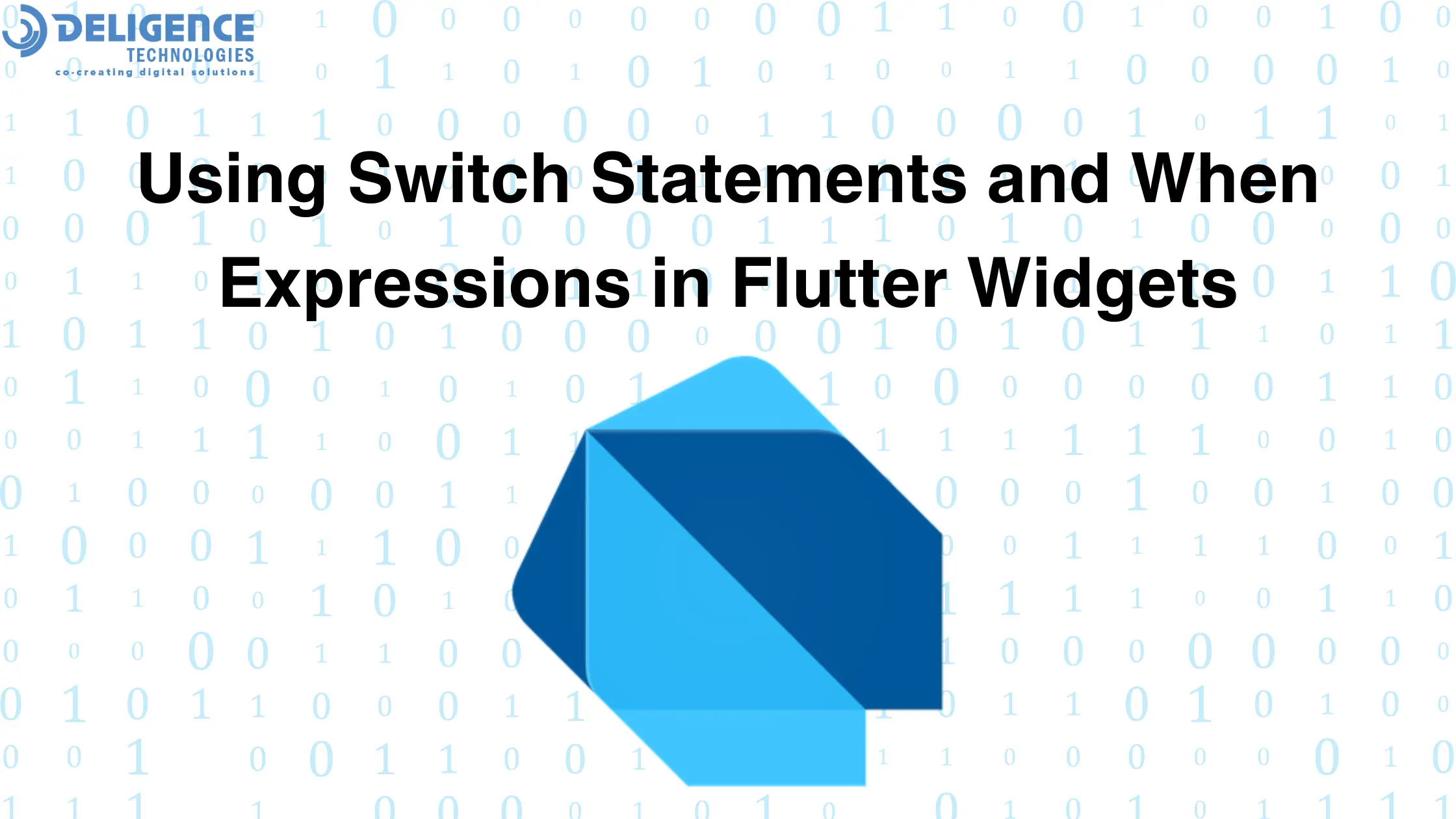Using Switch Statements and When Expressions in Flutter Widgets

In Flutter development, building widgets based on specific conditions is a common task. Typically, this is done using ternary operators and if statements. However, switch statements and the when expression (introduced in Dart 3) offer cleaner and more readable ways to manage multiple conditions. In this blog, we will explore how to use these methods inside Flutter widgets to enhance your code’s readability and maintainability.
ChatGPT, created by OpenAI, is a conversational AI model based on the GPT-3 architecture. It uses deep learning techniques to process text and generate human-like responses. Trained on vast amounts of data corpus. ChatGPT can understand and create responses that are contextually relevant and linguistically coherent. Its ability to interpret user prompts and respond intuitively on a wide range of topics makes it a versatile tool for app integration.
In Flutter, switch statements can be particularly useful within your widget build methods to determine which widget to display based on the value of an expression.
The when expression in Dart 3 offers a concise and modern way to handle multiple conditions. The syntax for a when expression is:
In Flutter, when expressions can be particularly useful within your widget build methods to determine which widget to display based on the value of an expression.
Consider a case where you want to display different icons based on the value of a variable `status`. Instead of using multiple if statements or a ternary operator, you can use a switch statement or a when expression for better readability.
Using Switch Statement –
Consider a case where you want to display different icons based on the value of a variable `status`. Instead of using multiple if statements or a ternary operator, you can use a switch statement or a when expression for better readability.
In this tutorial, we’ll explore how to use switch statements and when expressions in Flutter widgets to create dynamic UIs based on different conditions. By the end of this guide, you’ll understand the benefits of using these constructs and how they can improve the readability, maintainability, and performance of your Flutter code.
Using switch statements and when expressions in your Flutter widgets offers several advantages:
- Readability: These constructs make your code more readable by clearly separating different cases.
- Maintainability: Adding or modifying cases is easier with switch statements and when expressions, especially when dealing with multiple conditions.
- Performance: While the performance difference is usually negligible, these constructs can be more efficient than multiple if-else statements in some cases.
Overall, switch statements and when expressions provide a cleaner and more organized way to handle multiple conditions in your Flutter widgets.
In this tutorial, we explored how to use switch statements and when expressions inside Flutter widgets to build different UIs based on certain conditions. These constructs offer a more readable and maintainable alternative to ternary operators and if statements, making your code easier to understand and manage. By incorporating switch statements and when expressions into your Flutter projects, you can improve the clarity and structure of your code, leading to better overall development practices.
This blog is brought to you by Deligence Technologies, a leader in innovative software solutions.
Deligence Technologies is a software development company that creates high-quality mobile applications. We use the latest technologies and our industry knowledge to design and build exceptional apps.
We specialize in flutter app development, if you want to learn about our flutter services, visit: Flutter Services













